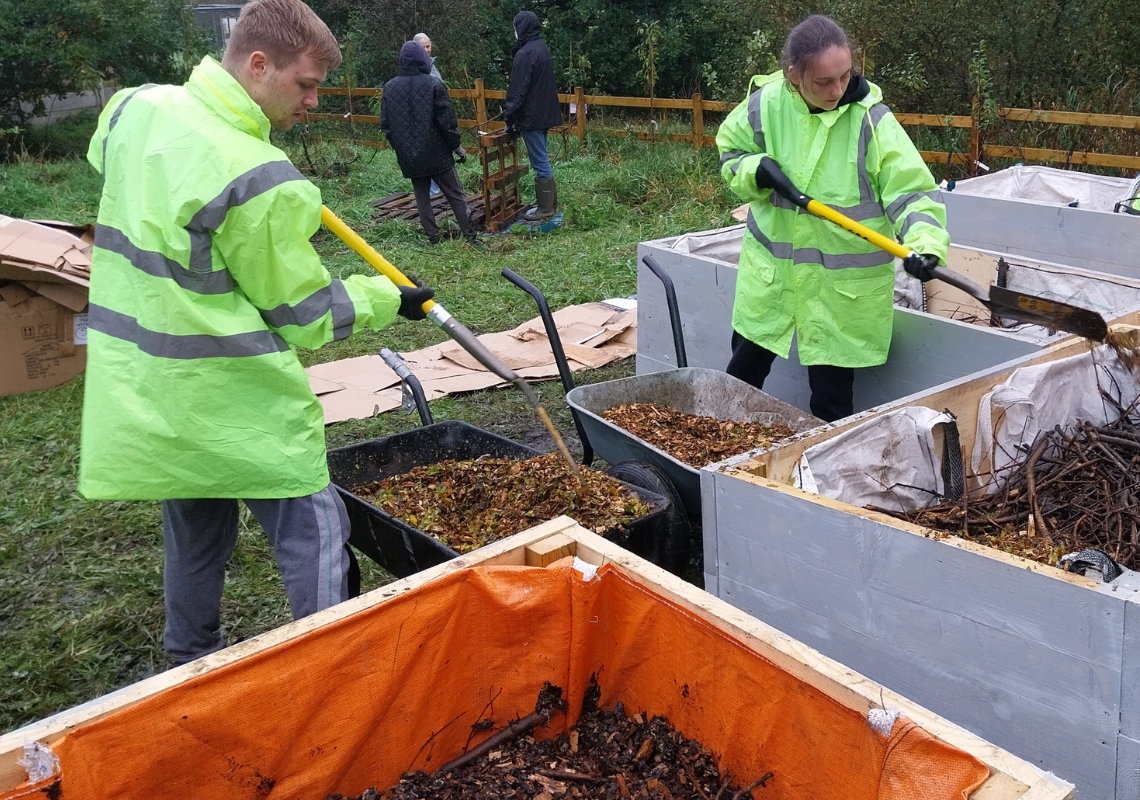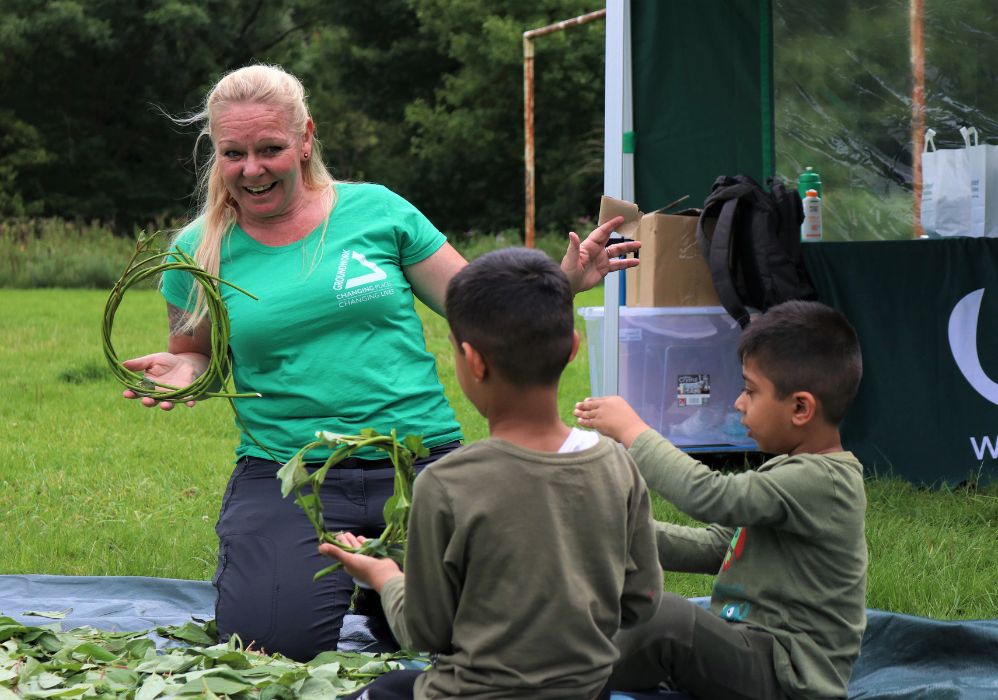Our Vision for Nature in Greater Manchester

Greater Manchester’s natural environment takes various forms across the city region, from the smallest pocket park to vast nature reserves.
Whatever their shape or size, greenspaces are one of our most important assets, helping improve the health and wellbeing of our citizens, providing refuge for native wildlife and helping manage the effects of climate change.
Here at Groundwork Greater Manchester, we echo the World Health Organisation’s and Natural England’s recommendation that every person should live within 300m of a natural greenspace. We will work with partners to protect, enhance and restore existing greenspaces across the city region and help connect people with their local greenspaces, until every person in Greater Manchester has fair and equal access to nature and all the benefits it brings.
Sign up to our newsletter
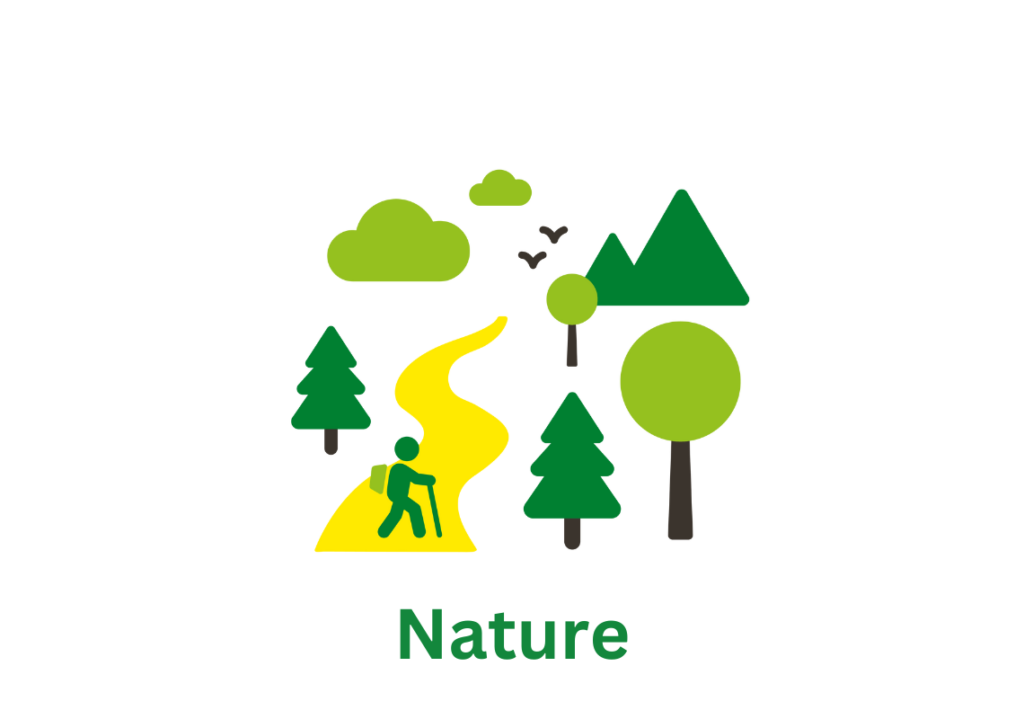
We are always open to new and innovative partnerships with those who share our vision for creating, enhancing and protecting Greater Manchester’s natural environment
If you want to hear more nature news please sign up to our newsletter below. Or if you have an idea you’d like to speak to us about please contact us today.
How Groundwork will help make this vision a reality
We’re working with partners to protect, enhance and create green spaces across Greater Manchester so that all neighbourhoods are green and resilient to the effects of climate change. Prioritising working in areas where people don’t have access, or aren’t connected, to nature, our team of specialists deliver the following services:
- Landscape design
- Land management
- River catchment partnership management
- Community engagement
- Community co-design
Why do we need to protect, enhance and create more places for nature in Greater Manchester?
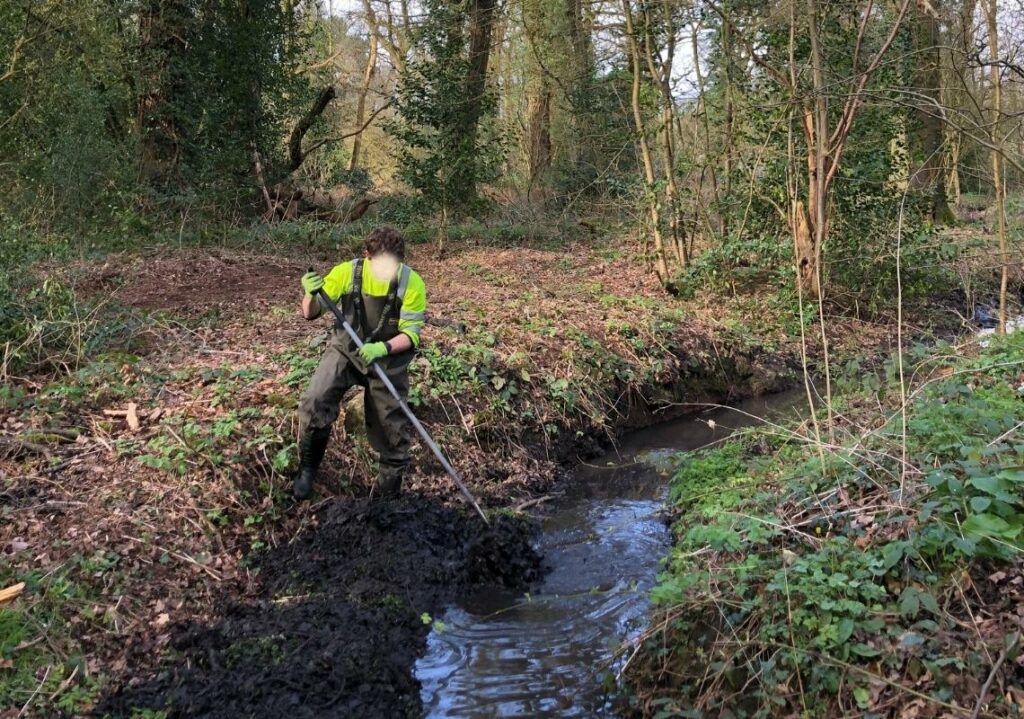
Improving our resilience against climate change
Woodlands, wetlands and moorlands provide biodiverse environments and mitigate the effects of climate change by capturing carbon and storing excess rainwater.
According to the Met Office, and a wealth of other scientific research, climate change is already having visible effects in the UK. We’re seeing an increase in the number of heatwaves, floods, droughts and fires, creating problems for local people and wildlife.
Luckily nature can be harnessed to slow down, or mitigate. against some of these changes. By using nature-based solutions and green infrastructure we can help slow the flow during periods of heavy rain, help cool down hot urban centres .
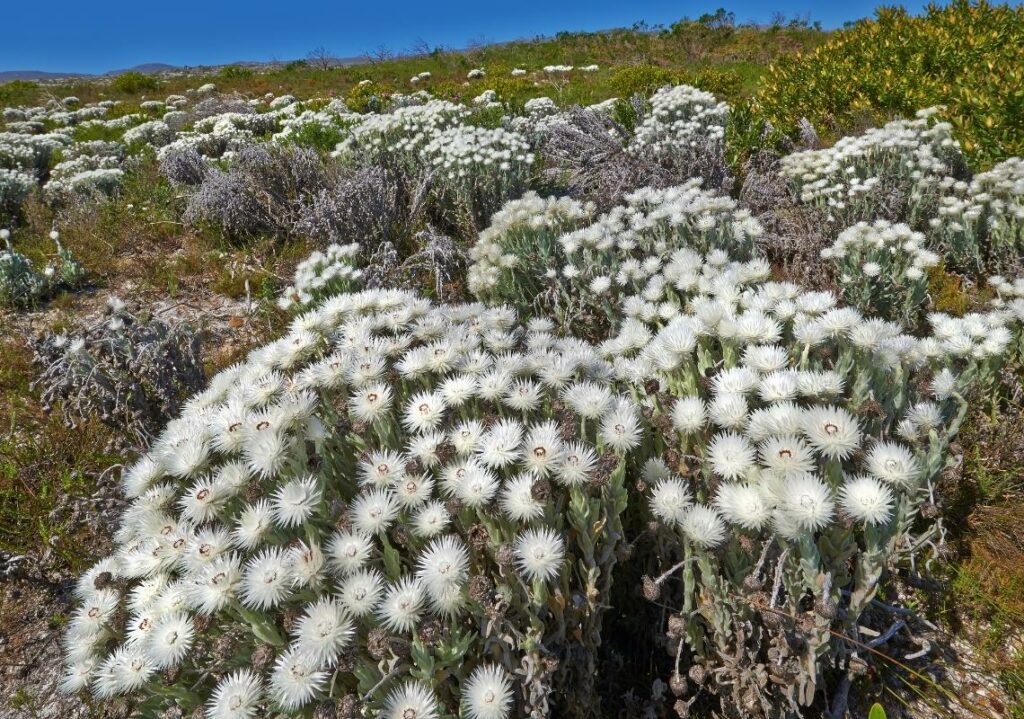
Enhancing biodiversity
A diverse mix of of animals, plants, and microorganisms is crucial for a healthy environment, both locally and globally. Without flourishing ecosystems, the air we breathe and the food we eat wouldn’t exist.
Due to human activity the natural biodiversity has been disrupted, effected by temperature changes, the introduction of invasive species and the creation of the urban metropolis.
Work is required to restore the balance across Greater Manchester’s landscapes, ensuring there are stepping stones for nature in urban areas and greenspaces are protected, created and enhanced so nature has a place where it can thrive.
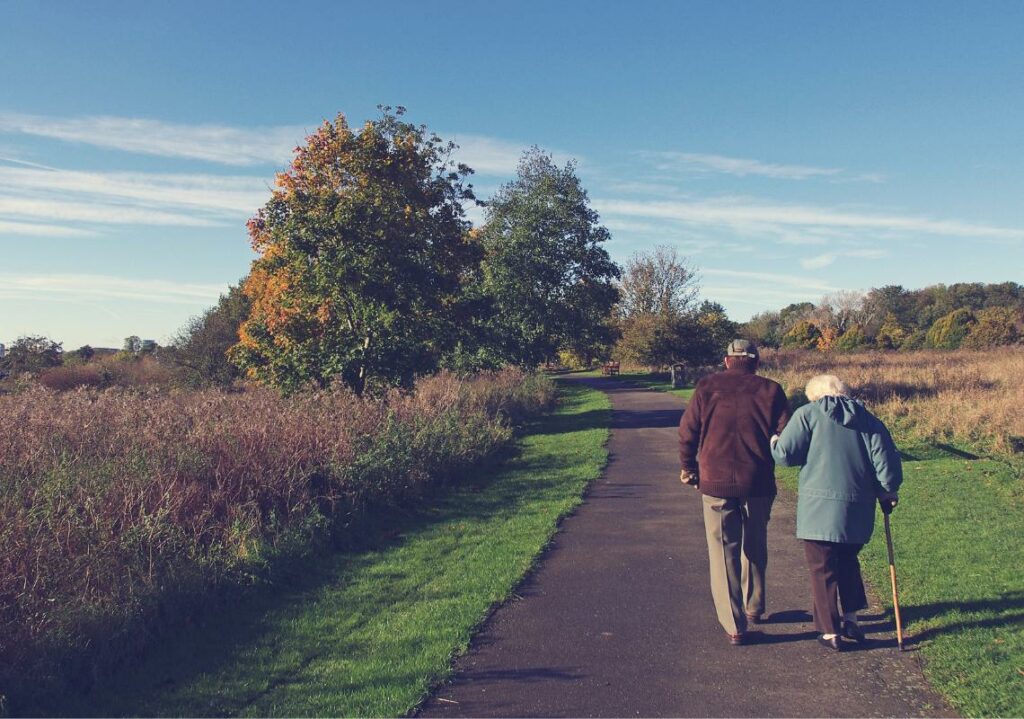
Access to nature for community health & wellbeing
Our natural environment supports the health of our population; providing us with healthy air, a space to connect with others and the opportunity to escape the stress of everyday life.
Woodlands, wetlands and moorlands provide biodiverse environments and mitigate the effects of climate change by capturing carbon and storing excess rainwater. We know that greenspaces are good for us, helping improve both our physical and mental health. And research shows that greenspaces near water are even better for our health! However, when it comes to publicly accessible green space, almost 40% of people from ethnic minority backgrounds live in the most greenspace deprived areas, compared to 14% of White people (Friends of the Earth, 2020). People from ethnic minority backgrounds are less likely to live within a 5-minute walk of a green space than people that identify as White (39% compared to 58%), less likely to report that there are good walking routes where they live (38% compared to 52%) and less likely to report a variety of different green spaces within a walking distance of where they live (46% compared to 58%) (The Ramblers, 2020).


